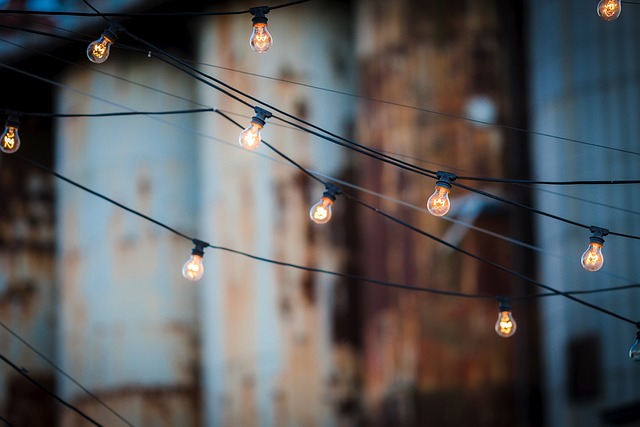In the art of photography, light is not just a component; it is the essence of storytelling. The way we manipulate illumination can turn an ordinary scene into a breathtaking masterpiece. Understanding illumination techniques is crucial for every photographer who wishes to elevate their craft and connect emotionally with their audience.
When we think about photography, we often envision our cameras and the intricate optics that allow us to capture the world around us. However, it is the light that dances across our subjects that truly brings our images to life. Mastering illumination techniques can profoundly influence mood and atmosphere, transforming a simple snapshot into an evocative story.
Natural light offers a spectrum of possibilities. The golden hour—shortly after sunrise and before sunset—bathes everything in a warm, soft glow. This type of illumination enhances colors while reducing harsh shadows, making it an ideal choice for portrait and landscape photography. Embrace this magical time, and you’ll find that your photos resonate with a kind of warmth that speaks volumes.
Yet, not all photographers have the luxury of shooting during these magical hours. Enter artificial lighting techniques, which open up an entire realm of creative potential. From softboxes to speedlights, understanding how to manipulate artificial light sources allows you to artistry in any situation. With a simple adjustment of the angle or intensity, the mood of your image can shift dramatically. That’s the power of illumination.
Additionally, consider the impact of color temperature on your photographs. The spectrum of light we use can convey warmth or coolness, affecting the emotional response of those who view your images. A warm light will evoke feelings of comfort and nostalgia, while cooler tones can create a sense of calm or detachment. Photographers can leverage this aspect of illumination to craft a specific narrative or emotion within their photographs.
Don’t forget about shadows! While they may seem like a nuisance in traditional photography, when utilized cleverly, shadows can add depth, texture, and dimension to your work. They can lead the viewer’s eye and create a striking contrast that draws attention to your subject. Embrace the interplay of light and shadow as if they are dance partners—each enhancing the beauty of the other.
Another playful way to explore illumination is through backlighting. This technique involves positioning the light source behind your subject, creating a stunning silhouette effect or a halo of light that can add an ethereal quality to your images. Experimenting with backlighting during dusk or dawn can yield striking images that are bound to captivate your audience.
Let’s not forget the importance of reflectors and diffusers in your lighting arsenal. These tools can help control and manipulate light, ensuring that your subjects receive the best illumination possible. Reflectors bounce light back onto your subject to fill in shadows, while diffusers soften harsh light, allowing for a more even distribution. Mastering these tools can help you achieve professional results even when working with challenging lighting conditions.
Ultimately, the world of illumination in photography is vast and filled with creative possibilities. As you grow in your understanding of light, take the time to experiment with different techniques. Capture the moments that speak to you, and don’t be afraid to break the rules. Remember, every great photograph begins with a simple spark of illumination. By honing your skills and understanding the profound impact of light, you will find your unique voice as a photographer, telling stories that linger long after the shutter clicks.




